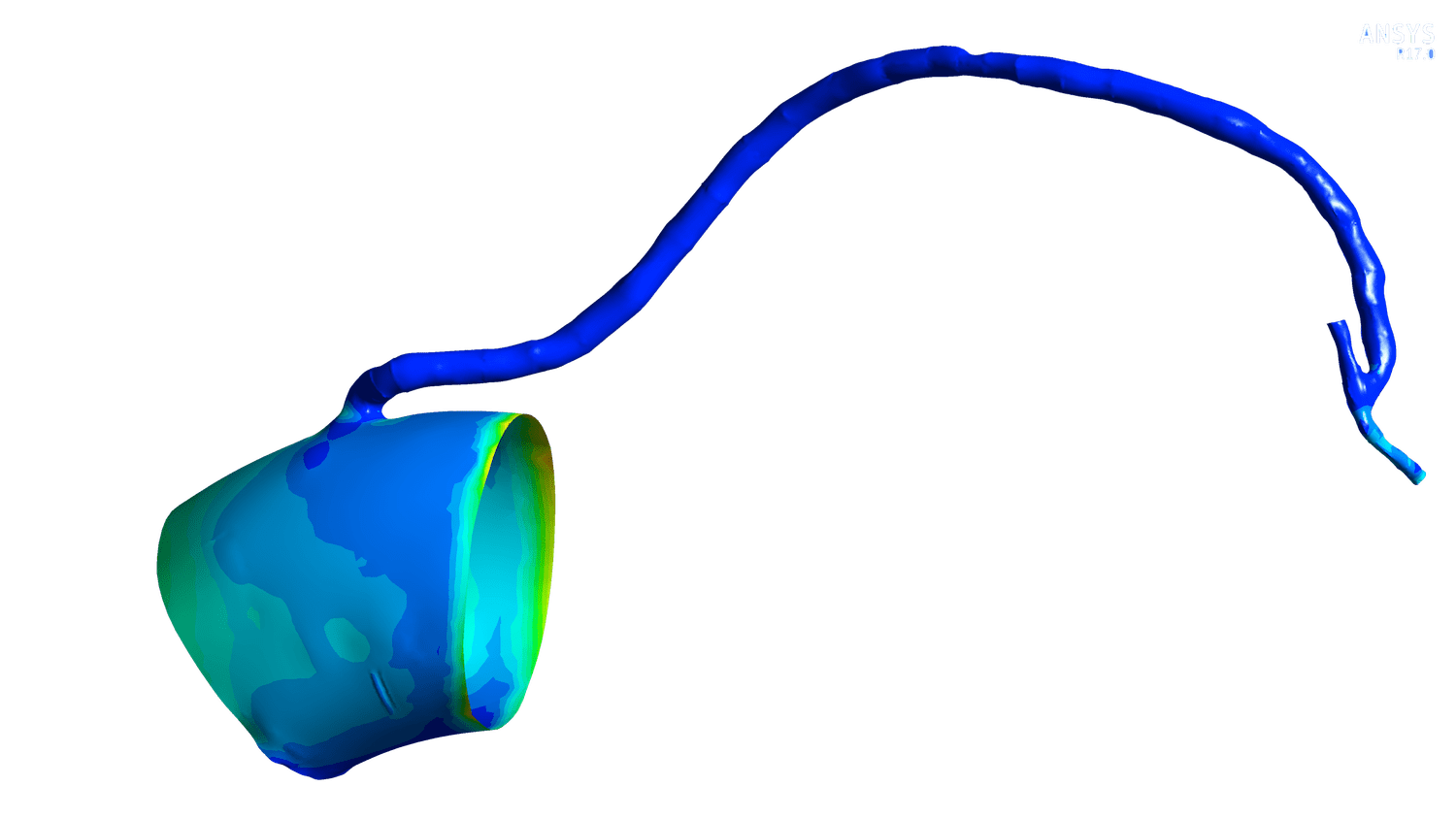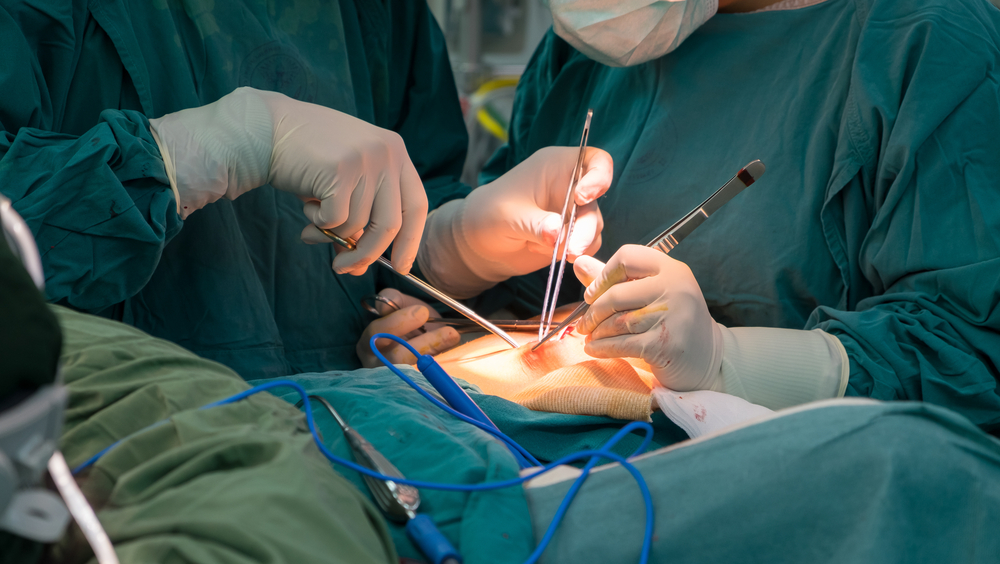You might also be interested in “Simulate your trials and save time and money”
A blood vessel from the leg is not the same as one from the heart
“The blood vessels in the leg are relatively large and easy to harvest and implant, but unfortunately, they are not built for the high flow rates and pressures near the heart,” explains Mohammed El-Kurdi, co-founder and director of research at Neograft, a startup headquartered in Taunton, U.S.A. “Over time, these grafted veins begin to dilate and eventually become blocked, necessitating another surgery.”
Neograft markets a patented product called Angioshield that is designed to increase success rates for CABG procedures. “Through a novel process called electro-spinning, our Angioshield technology creates a ‘scaffold’ of polymer material around the vein prior to implant. This scaffold improves both the vein’s strength and its geometric uniformity,” says El-Kurdi. According to El-Kurdi, Neograft’s proprietary advanced material is key to the success of Angioshield. “Our polymer sheath shapes itself around the vein without deforming it,” he notes. “And, because the material is porous, it allows nutrients and new cells to migrate to the tissue. Over time, this results in the growth of stronger and healthier graft tissue.”
Simulating blood flow in a vein

Because of the difficulty associated with visualizing and manipulating structures inside the human body, El-Kurdi began relying on the power of engineering simulation while still in his Ph.D. program at the University of Pittsburgh. Today, Neograft engineers use simulation to model different blood flows inside implanted veins as well as to understand diverse mechanical forces that act on vein grafts, such as the motion associated with a beating heart. Product developers can then change the physical properties of the polymer scaffold as they increase their understanding of vein graft mechanics. Angioshield works as an external stent for the grafted vein. It is deposited directly onto the outer surface of the vein via a novel electrospinning process.
Neograft is the perfect illustration that a startup equipped with the right simulation tools can quickly optimize and validate disruptive innovations, enabling them to compete with market leaders. – Thierry Marchal, Global Industry Director for Healthcare at ANSYS
Neograft used finite element analysis (FEA) software from ANSYS to ensure the structural strength of the stent. It employed ANSYS computational fluid dynamics and software to study and optimize blood flows inside the grafted vein.
It would be impossible to move so quickly and conduct so many studies without working in a risk-free virtual design environment. – El-Kurdi, co-founder and director of research at Neograft
A risk-free virtual design environment
“Perfecting the Angioshield material is an iterative process, during which we apply different material configurations. Then we test the treated vein’s resulting strength and durability,” states El-Kurdi. “It would be impossible to move so quickly and conduct so many studies without working in a risk-free virtual design environment. By the time we moved to animal and clinical trials, we had a deep knowledge on the subject that allowed us to predict outcomes very accurately. And we continue to add to that knowledge base every day.” Today, as Angioshield is tested in patients, computerized tomography angiography (CTA) generates images of the implanted vein. These images are fed back into ANSYS software to generate 3D models of Angioshield inside an actual human body. “We’re currently using simulation as an investigative tool to understand patient-specific behaviors of treated veins,” says El-Kurdi. “Our studies will enable the Neograft engineering team to build better predictive models and continually improve the product.”
Find out more about this topic here.
You might also be interested in “Self-expanding stents to treat the silent killer: aneurysm”


